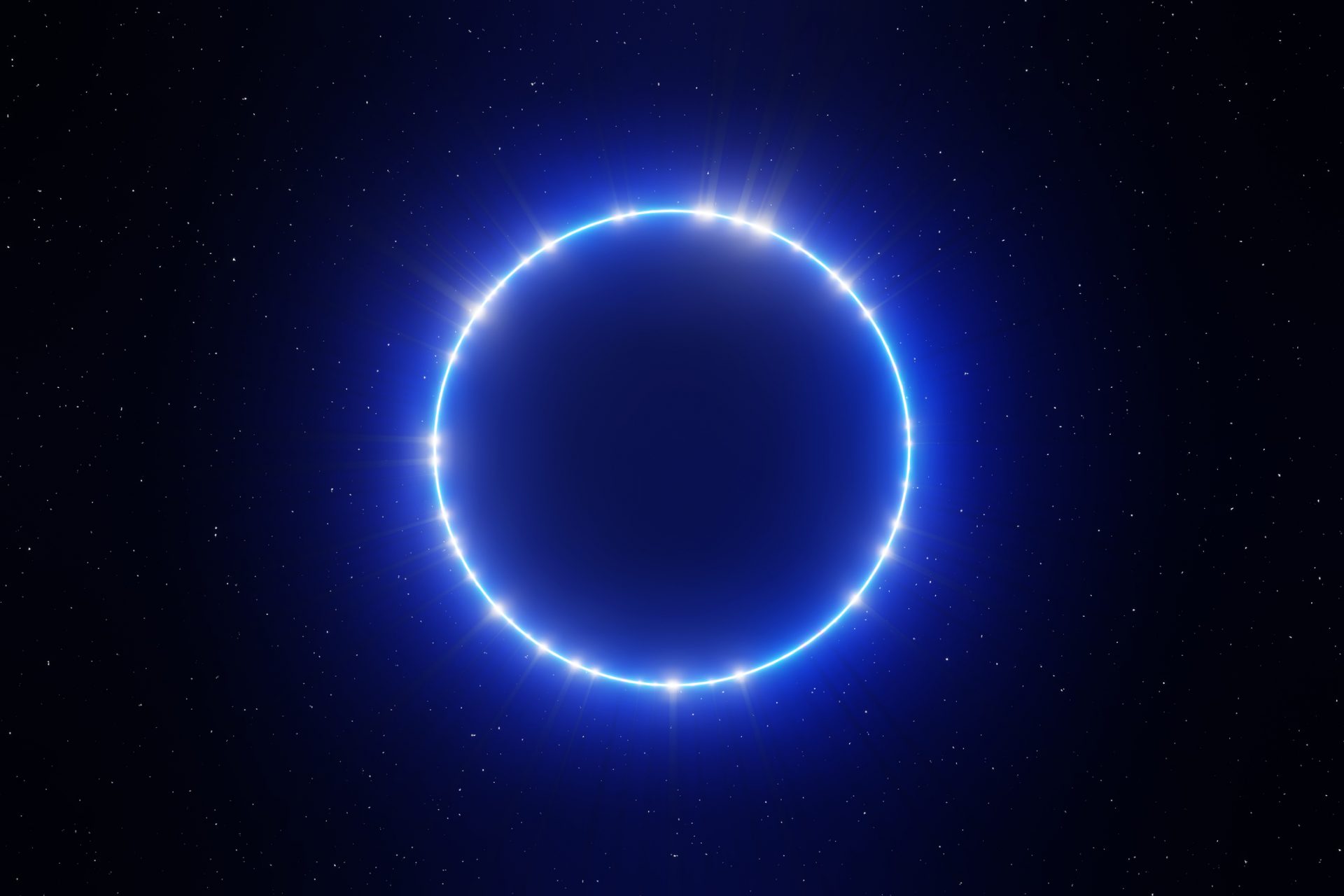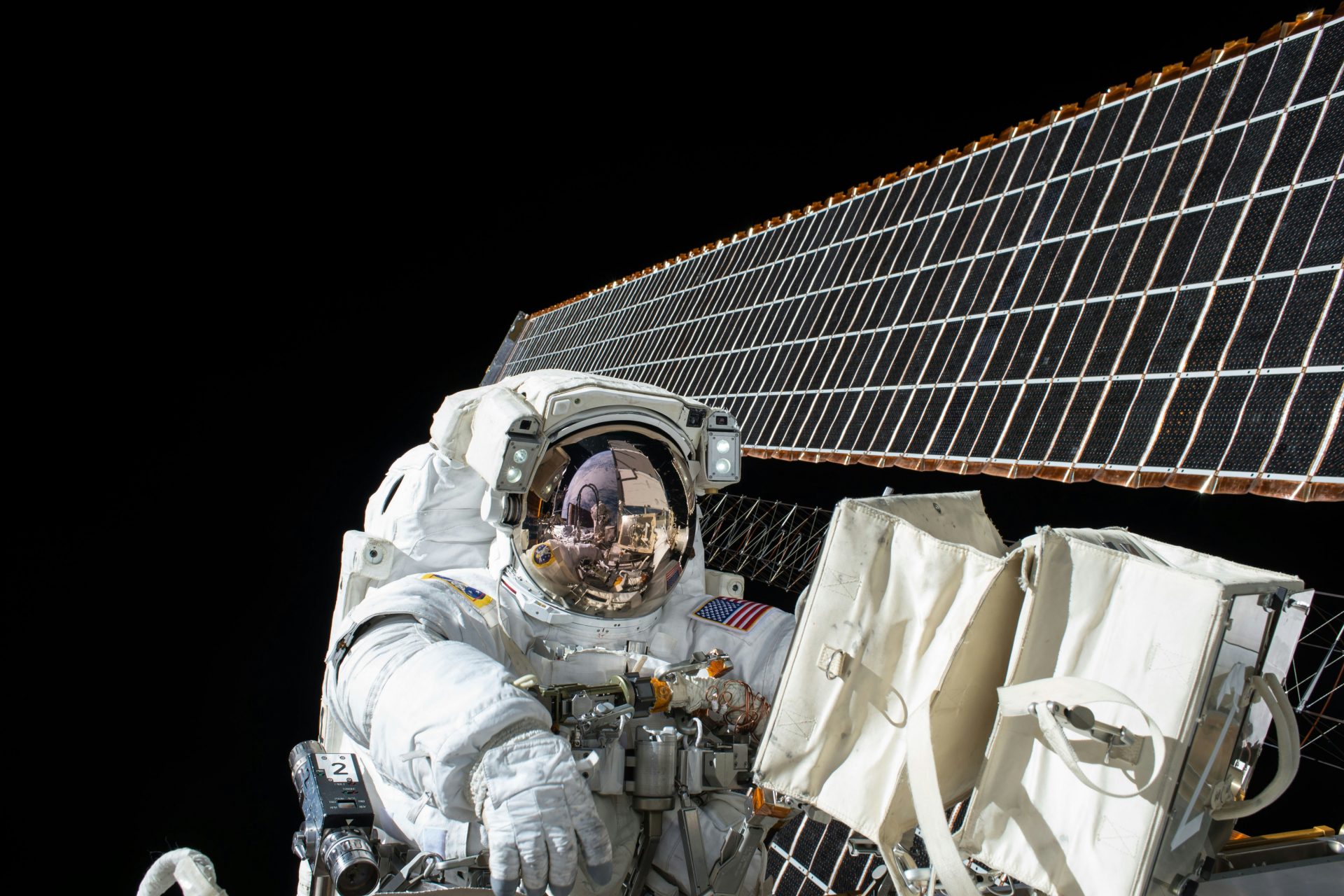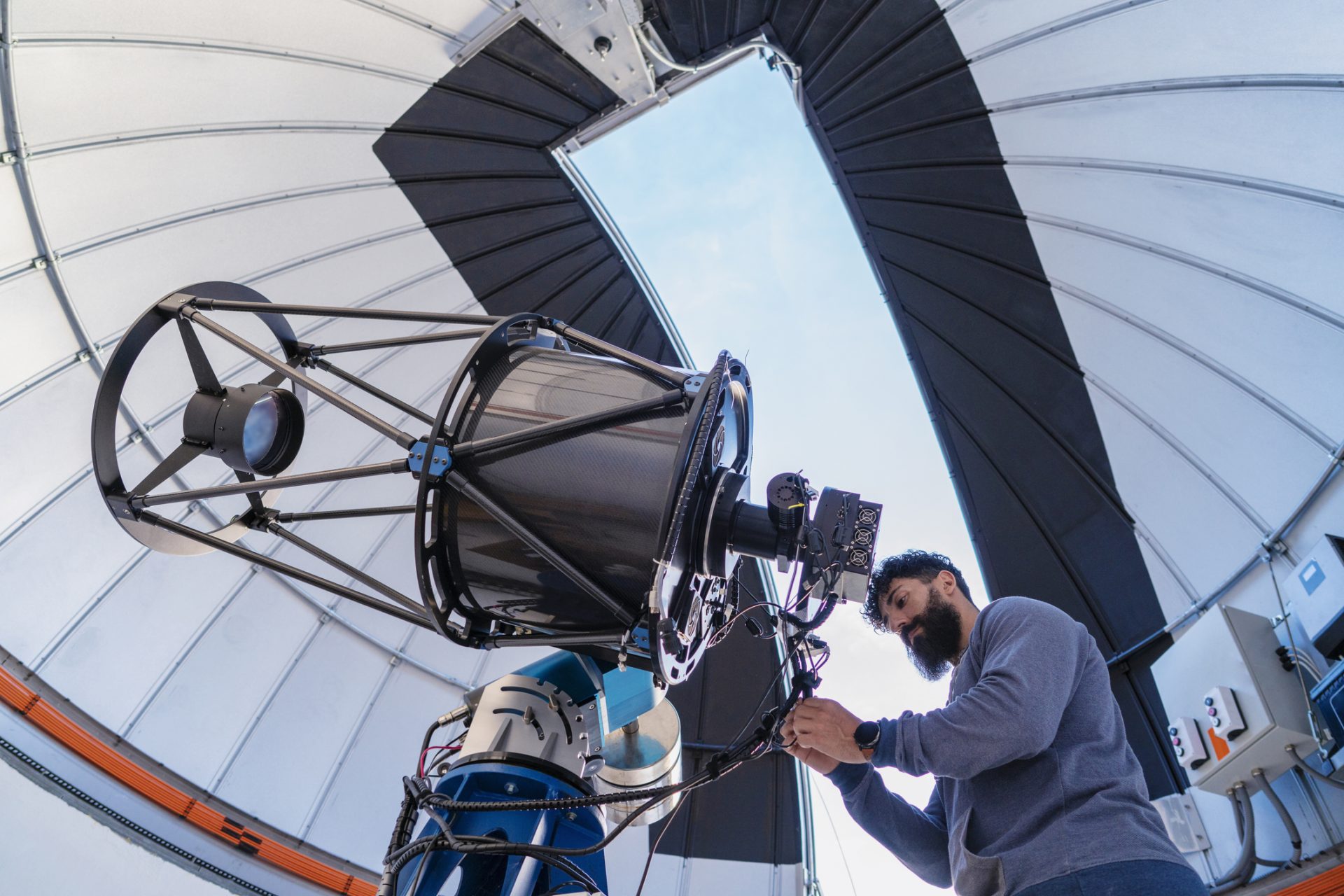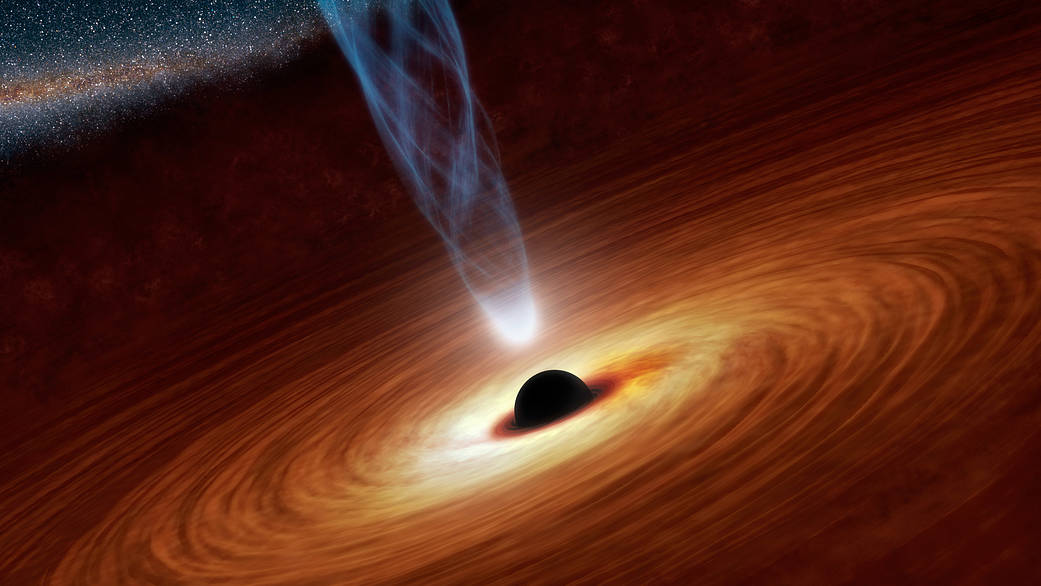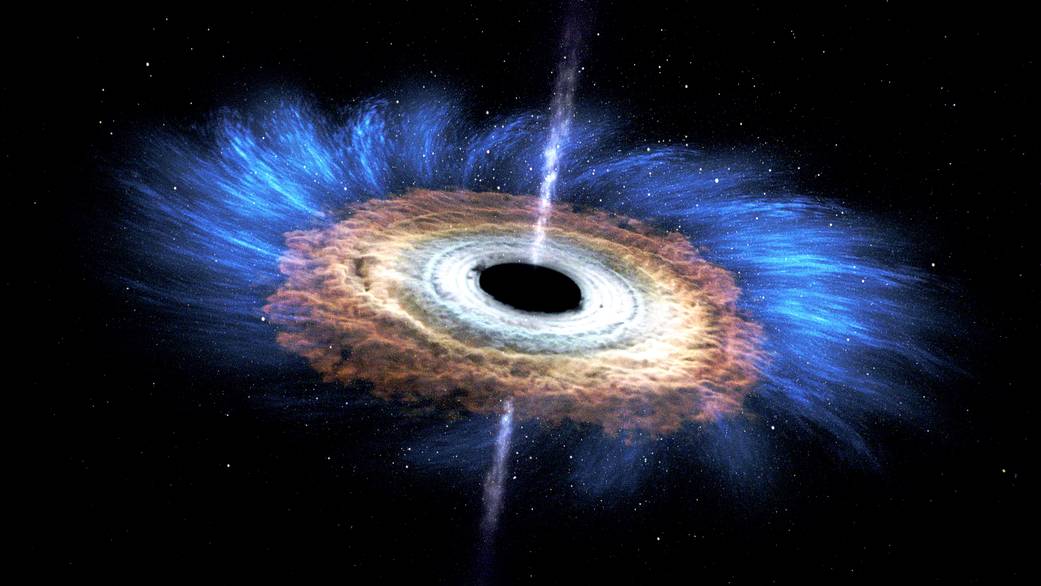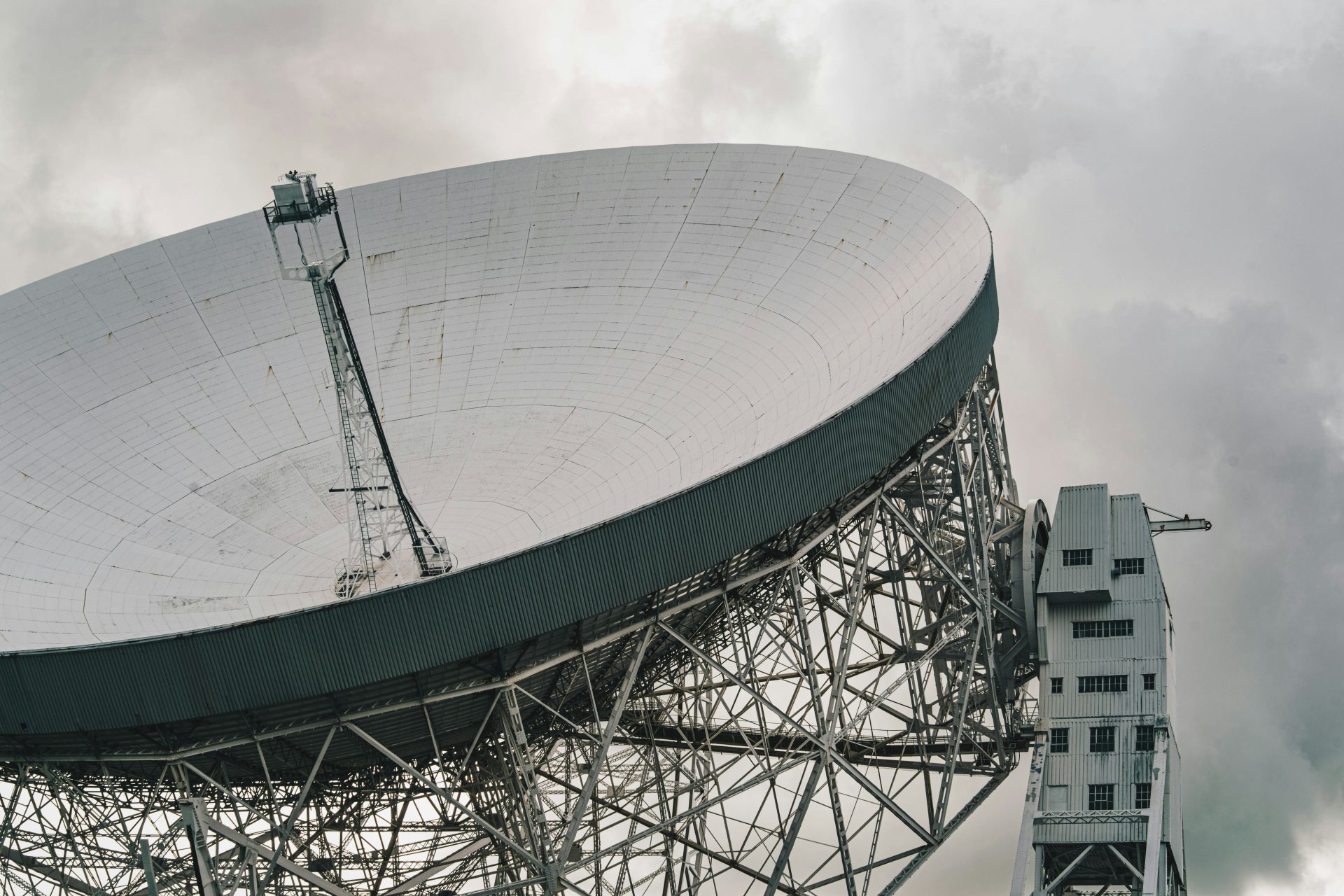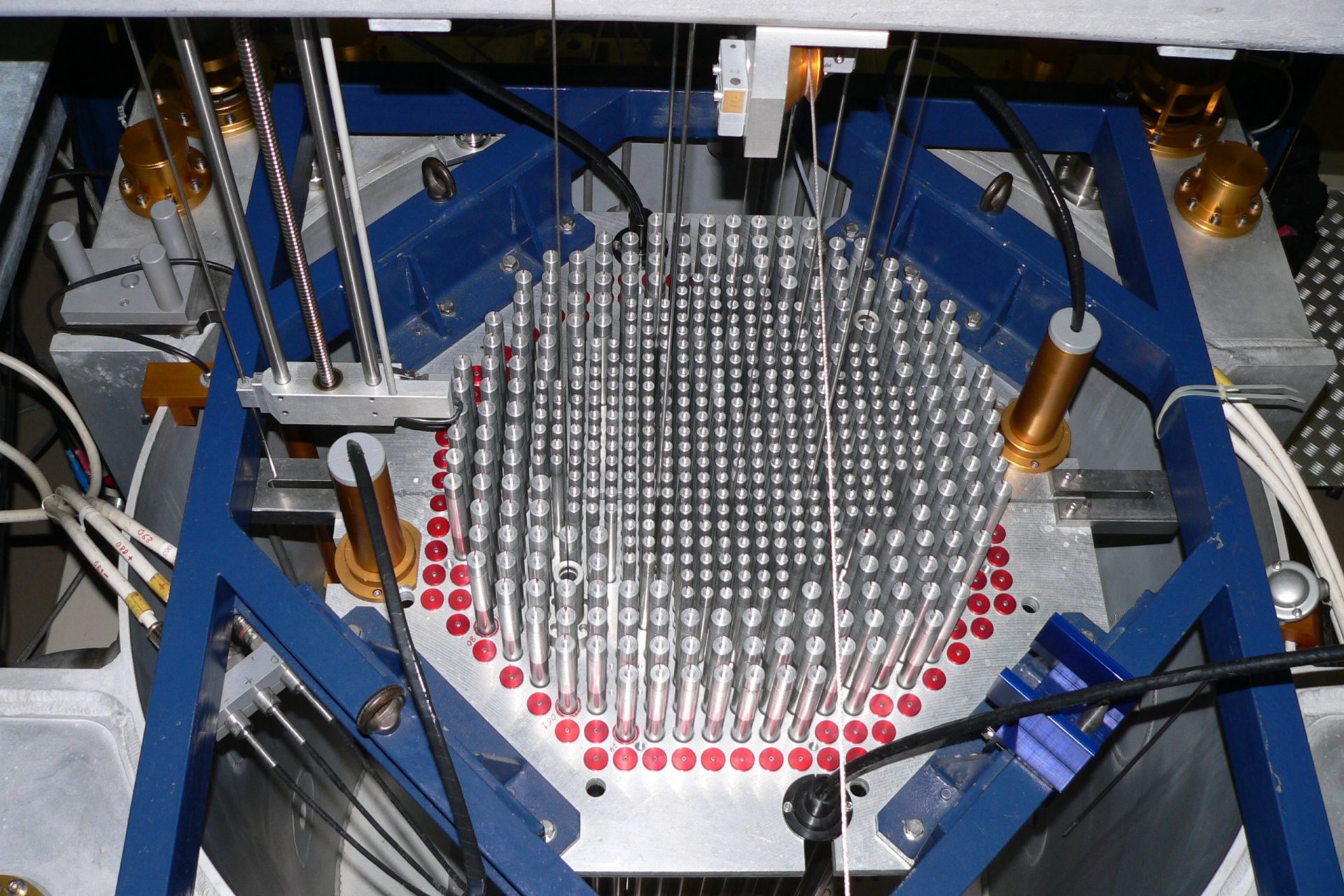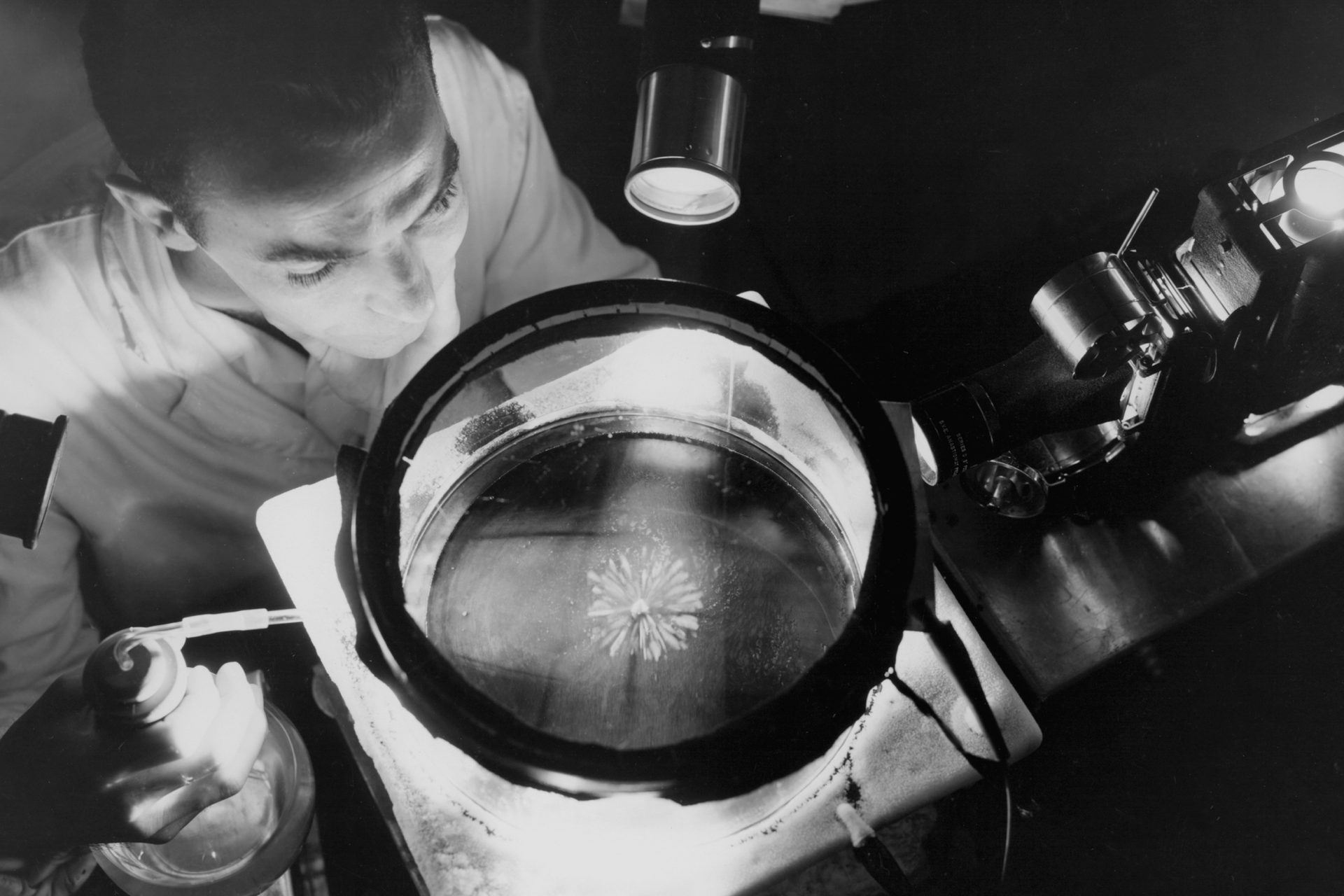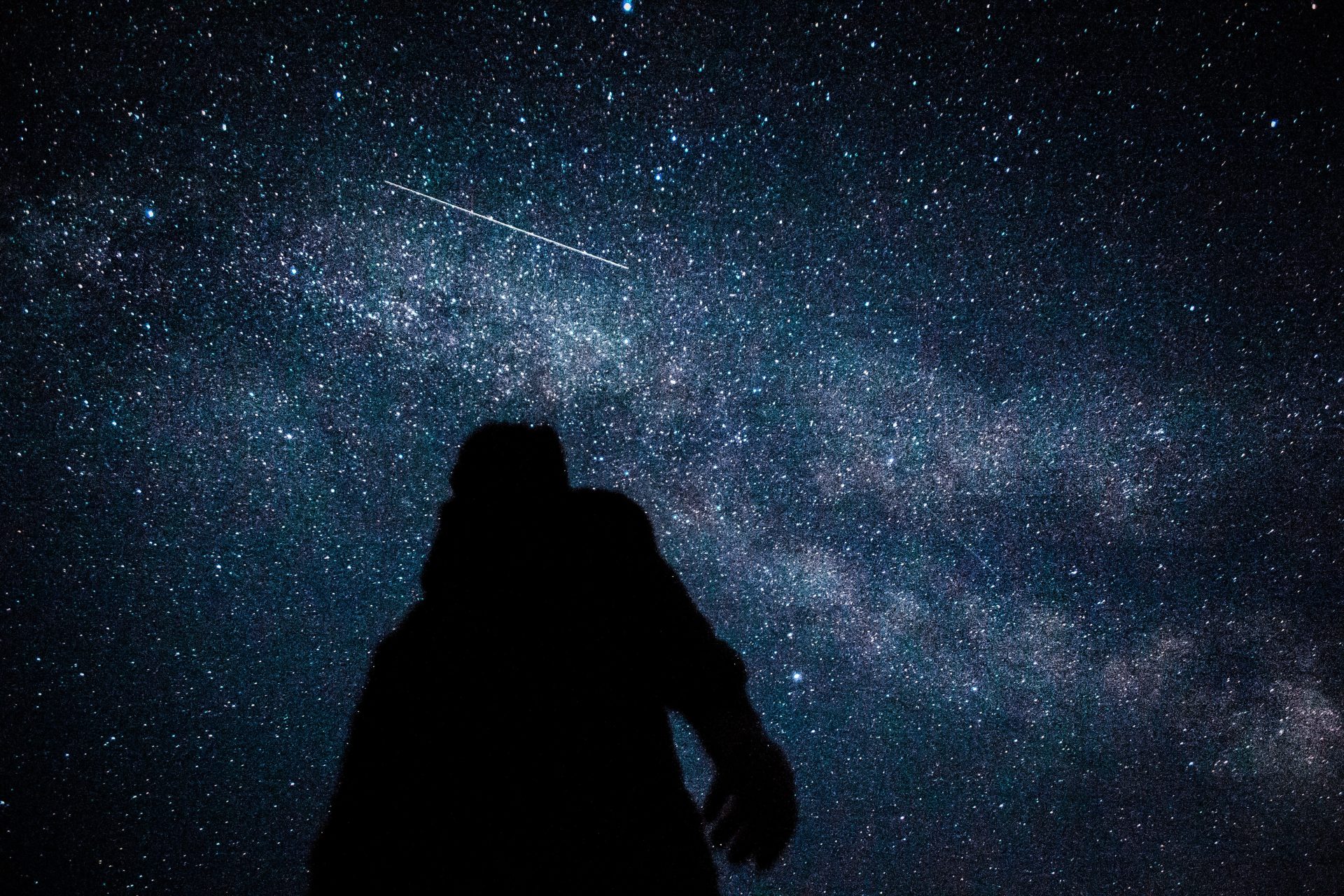Black holes could be used to recharge batteries and nuclear reactors
Black holes are one of the most mysterious objects in our universe but could the power of these gravitational behemoths ever be harnessed by the human race? It’s an interesting question and one we might have answered.
A new study published in the journal Physical Review D proposed a process by which a more advanced version of our species could be able to tap into the massive power of a black hole. But how would that even work?
Photo by NASA on Unsplash
The researchers proposed two ways in which the power of a black hole could be utilized by humans and their theories were based on the assumption that energy could become rechargeable batteries or nuclear reactors.
“We know that we can extract energies from black holes, and we also know that we can inject energy into them, which almost sounds like a battery,” Zhan Feng Mai, the study’s lead author, explained to Live Science.
Mai is a postdoctoral researcher at the Kavli Institute for Astronomy and Astrophysics at Peking University and it was his work, along with study co-author Run-Qiu Yang, that worked out how humans could harness black holes.
Photo by NASA on Unsplash
However, it’s important to point out that the researchers note only a Schwarzschild black hole could be used in one of the hypothetical scenarios, which begs the question: What is a Schwarzschild black hole?
A Schwarzchild black hole can be a difficult concept to comprehend if you don’t already know a lot about astrophysics but the easiest way to explain this type of phenomenon is that it's the simplest form of black hole.
A Schwarzchild black hole has mass, but it lacks an electrical charge and it has no spin according to the University of Colorado. Karl Schwarzschild discovered the black hole type in 1915 shortly after Albert Einstein presented his theory of General Relativity.
In Mai and Yang’s first hypothetical scenario, the possibility of someday turning a black hole into a giant rechargeable battery works because Schwarzschild’s black holes don’t have an electrical charge.
Photo by Viktor Forgacs on Unsplash
Mai and Yang theorized that if a black hole is injected with electrically charged particles, the charged particles would be sucked up until the black hole developed an electric field capable of repelling any more charged particles.
At this point, the researchers said that the black hole battery would be fully charged and humans could siphon off some of the energy through a process called superradiance, a concept that itself is also quite complicated.
Photo by Bradley Dunn on Unsplash
Live Science explained superradiance as a concept “which is based on the theory that space-time is literally dragged around the rotation of a spinning black hole because of its intense gravitational field.”
Again, you’d need to be an astrophysicist to understand this complicated concept but rotational energy transferred into gravitational or electromagnetic waves deflected from the black hole’s event horizon could be tapped into.
Photo by Ambitious Studio - Rick Barrett on Unsplash
"The black hole battery is transforming the energy of the particle's mass into charge energy," Mai explained to Live Science, which noted that the battery could have a 25% efficiency equal to 250 times higher than an atomic bomb.
The other way in which a black hole could be harnessed by humanity is through turning one into a nuclear reactor, and the researchers used several mathematical equations to show that it was theoretically possible.
Photo Credit: Wiki Commons By Rama - Own work, CC BY-SA 2.0
“As a nuclear reactor, it realizes an effective nuclear reaction ‘α particles+black hole→positrions+black hole’ and can transform 25% mass of α-particles into the kinetic energy of positrons,” Mai and Yang wrote in their study.
Photo Credit: Wiki Commons By NASA/GRC/Bill Bowles - NIX C1957-45925 GPN-2000-000381
“It's not really something we're going to be able to test,” Science Alert’s Michelle Starr explained in her review of the research. “But the analysis opens up some interesting food for thought.”
Photo by Egor Yakushkin on Unsplash
More for you
Top Stories



